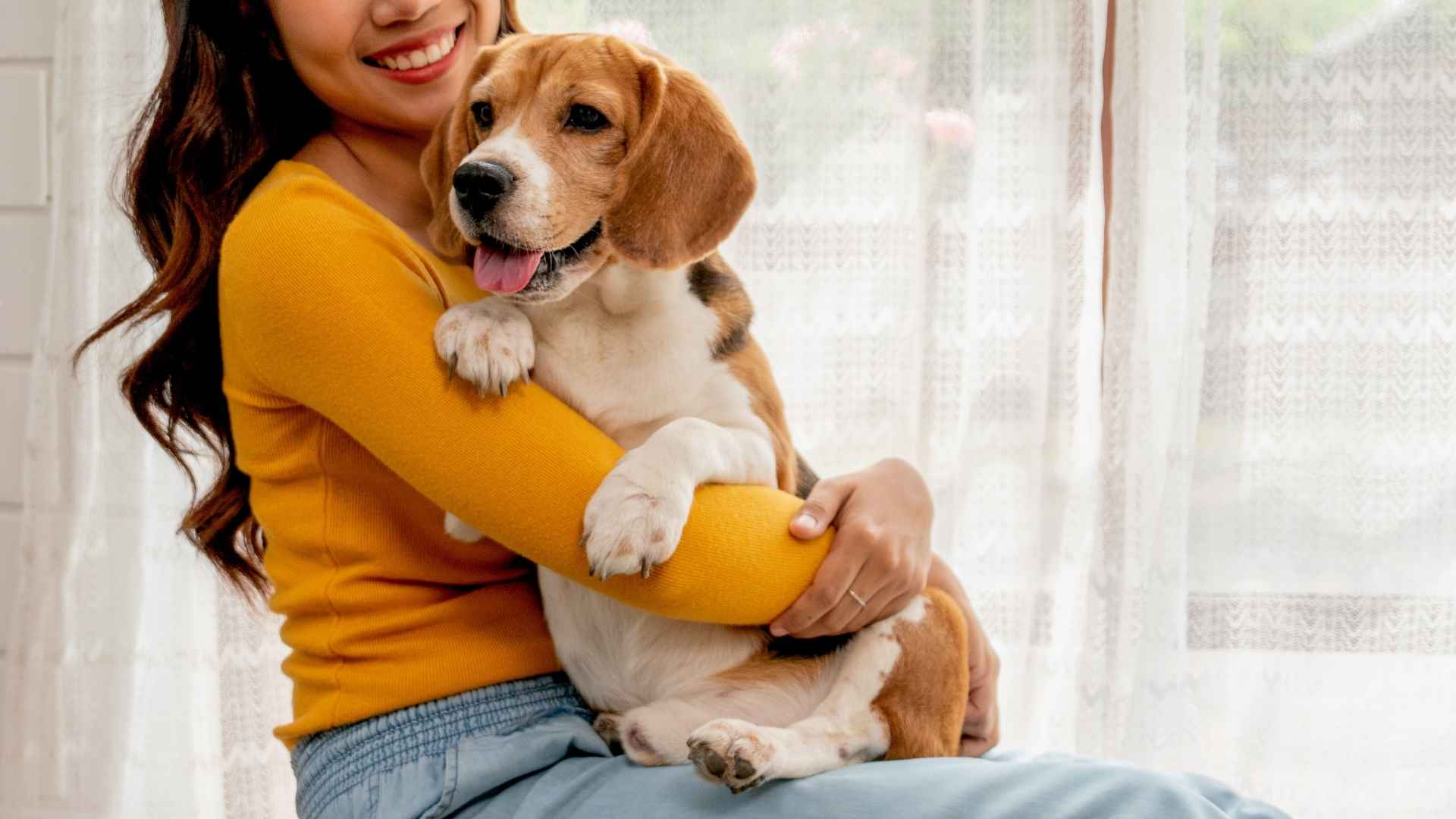Some dogs are just wired for happiness. Their tails wag before you even say “treat.” According to research, people with happy, playful dogs are more likely to have lower stress levels and healthier hearts.
That’s right—joyful dogs don’t just lift your mood; they can actually improve your life.
They smile (yes, smile), they dance when you walk through the door, and they make every moment feel like a little celebration. Whether you’re having a great day or a rough one, these dogs somehow know how to brighten it.
In this article, we’re celebrating the breeds that bring pure, infectious joy. From goofy grins to endless enthusiasm, these dogs remind us what happiness looks like in its simplest form.
Dog Breeds That Are Joyful
1. Golden Retriever
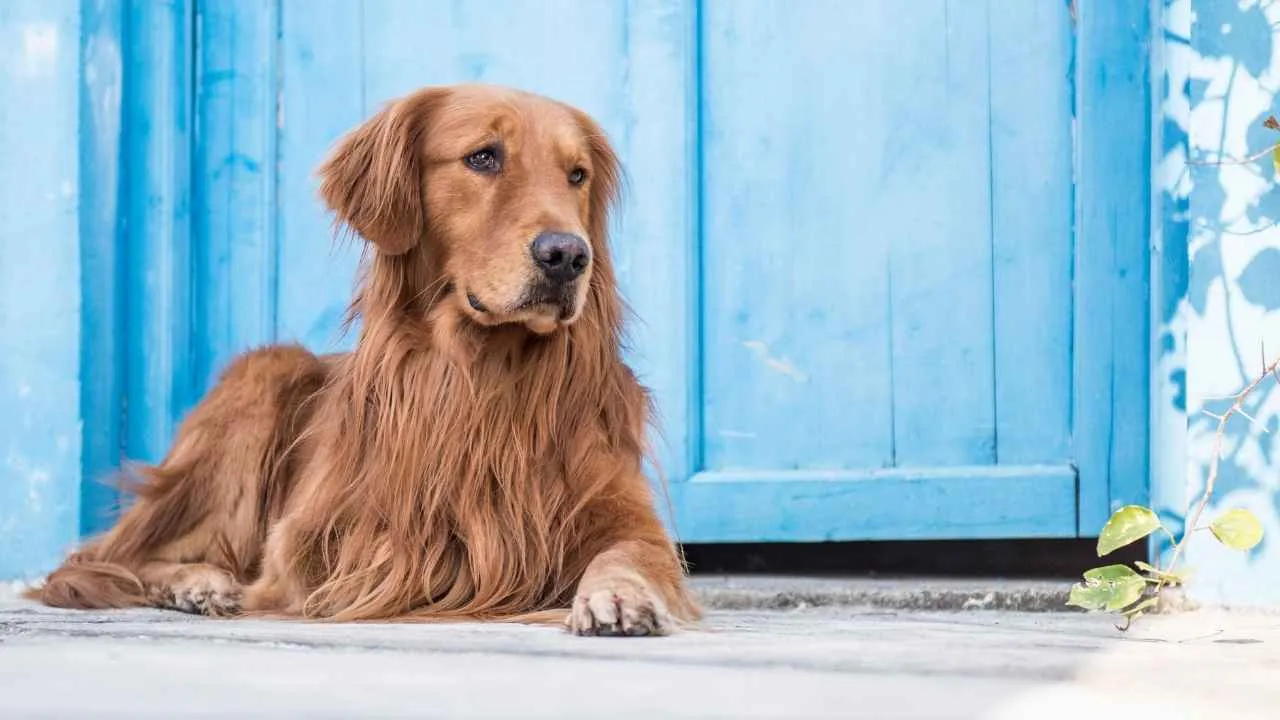
Golden Retrievers carry a visibly relaxed expression that rarely shifts, even during disruptions. Their body language stays soft, with loose tails and an easy gait that gives them an approachable presence. This consistency makes their cheerfulness easy to recognize.
Joy Through Movement
They often initiate activity with light nudges or playful steps, signaling interaction without demanding it. Their energy is steady, making them ideal for families who enjoy active days without constant redirection, as PDSA stated. They know when to play and when to pause.
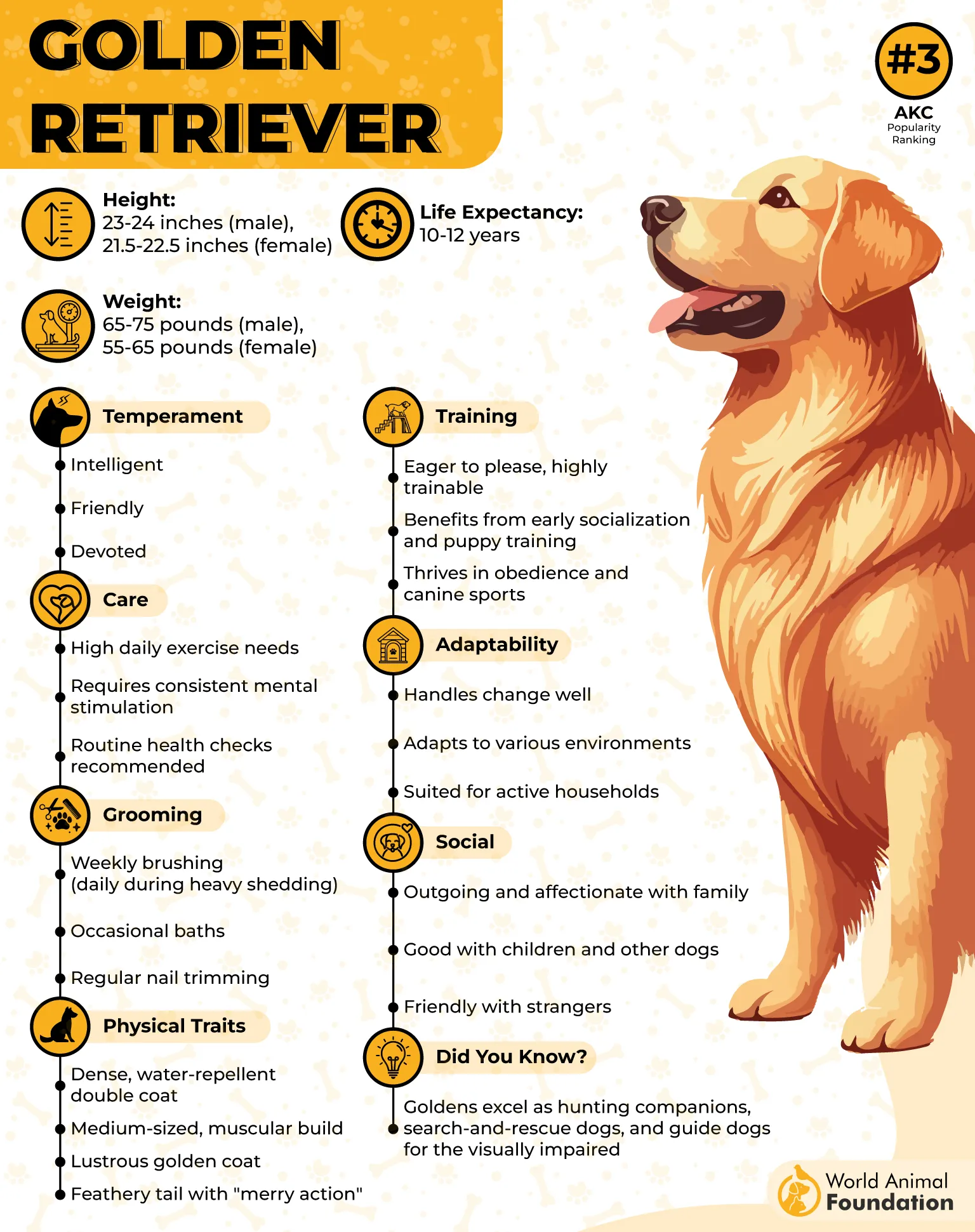
Highly Adaptive Social Behavior
Around new people or animals, they respond with immediate curiosity and no hesitation. This openness allows them to settle quickly in group settings like a dog park, where they integrate without testing boundaries. Their behavior rarely shifts toward aggression or anxiety.
Everyday Warmth Without Force
They lean in for contact rather than jumping or pawing, offering affection on calm terms. These gestures are part of why they’re considered among the most affectionate dogs, without being overly needy. They remain connected without constantly seeking validation.
2. Beagle
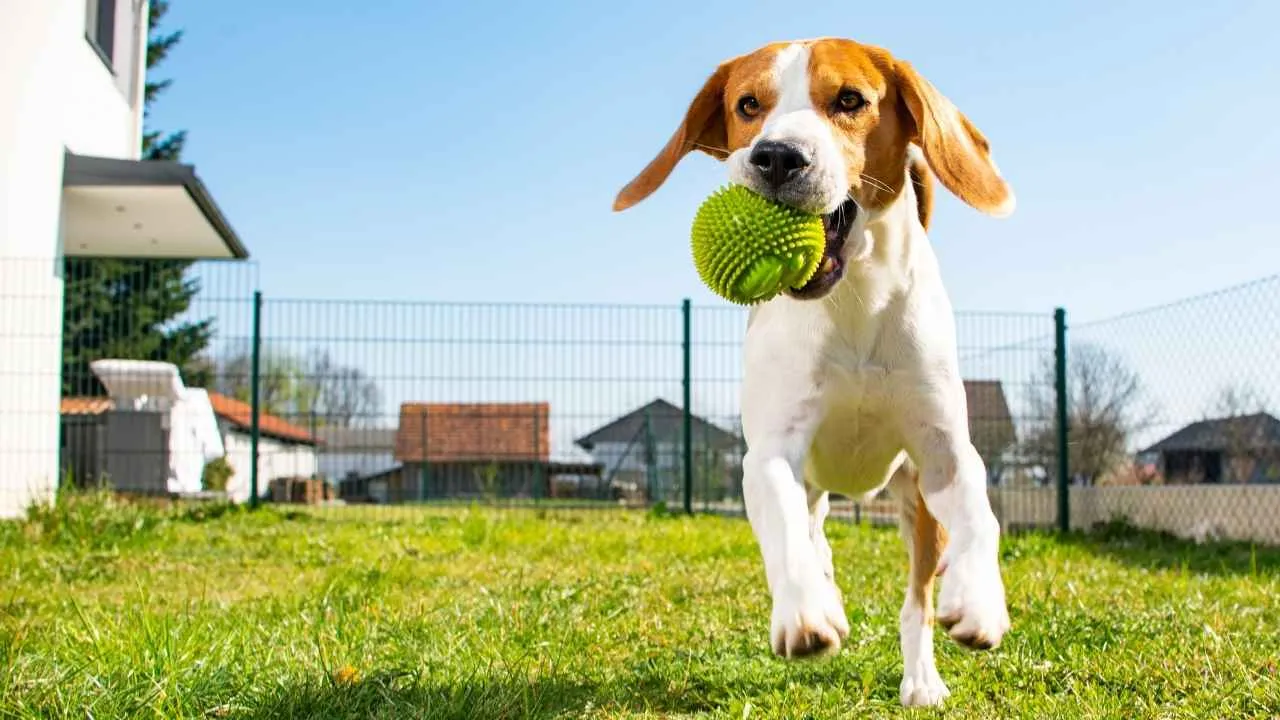
Beagles are one of the few breeds that frequently express joy through vocal tones, not out of restlessness, but excitement. Their signature “bay” has roots in their scent-tracking past and often surfaces during high-energy, happy moments. That sound alone can shift the energy of a space.
Tail Carriage That Signals Emotion
When a Beagle’s tail is high and gently wagging, it accurately reflects their mood. This upright tail posture, common in the breed, acts almost like a flag, indicating alertness, enthusiasm, or anticipation. It’s easy to read, even for other dogs around them.
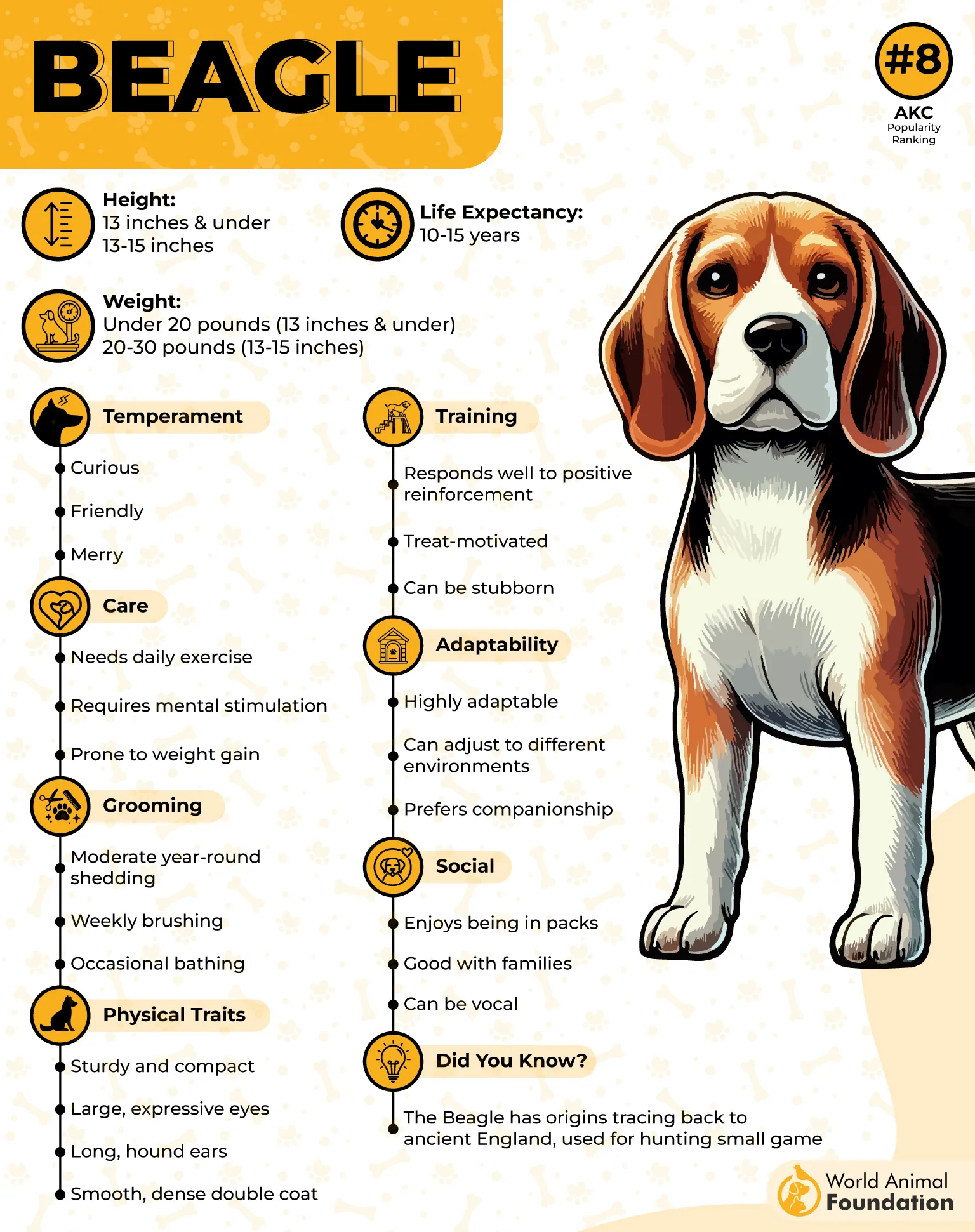
Joy in Routine Exploration
They have a deep interest in smells and sounds, treating every walk like an unfolding story, as per the AKC. Their heads stay low, tails high, and noses busy, showing pure focus and delight in following fresh trails. This behavior doesn’t fade with age; it’s core to their personality.
Lighthearted Energy with Humans
Beagles often display short, rapid bursts of engagement—like hopping in circles or nudging for attention—driven by their playful personalities. That active charm, mixed with their affectionate nature, makes them quick to bond with both individuals and groups.
3. Cocker Spaniel
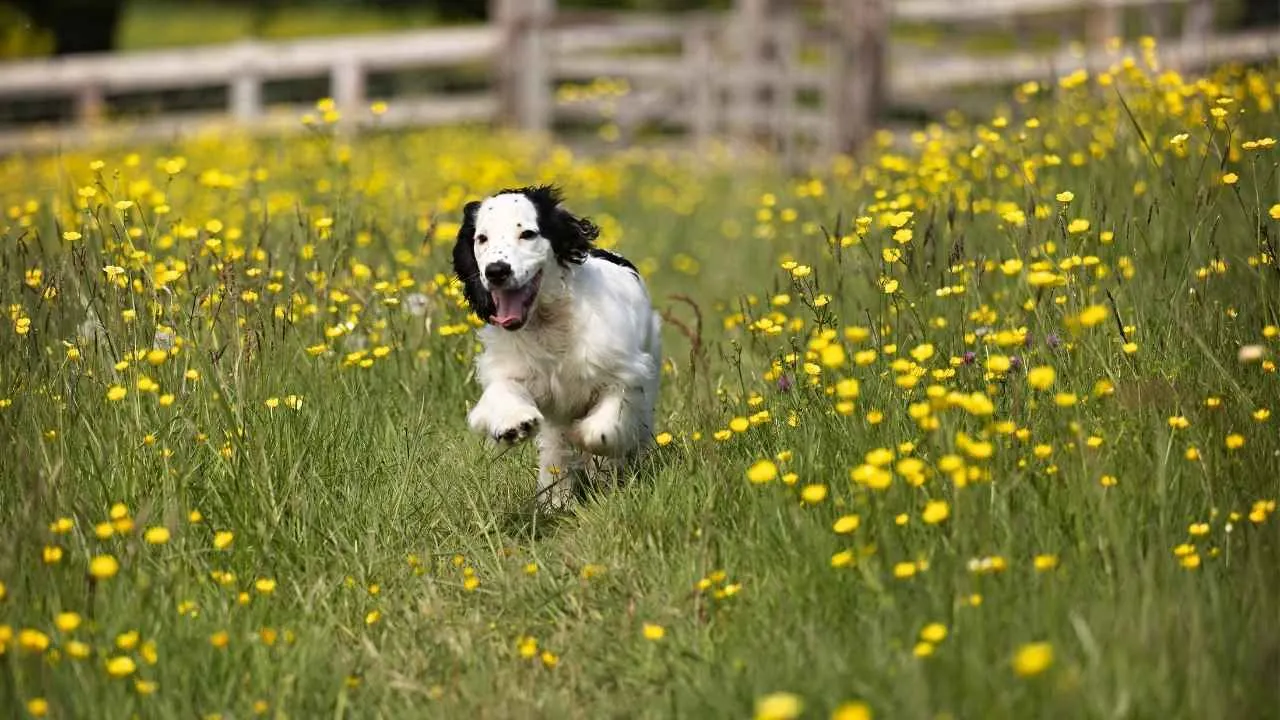
Cocker Spaniels are known for their constantly shifting facial expressions, often showing joy through raised brows and relaxed, alert eyes. Their long ears twitch subtly during excitement, especially in moments of physical affection. This expressiveness creates a visible bond with those around them.
Quick Response to Positive Attention
They respond almost instantly to cheerful tones, often wagging their tail low and fast when hearing their name. These signals aren’t random—they’re learned through close interaction with family members. That emotional feedback loop reinforces their naturally happy responses.
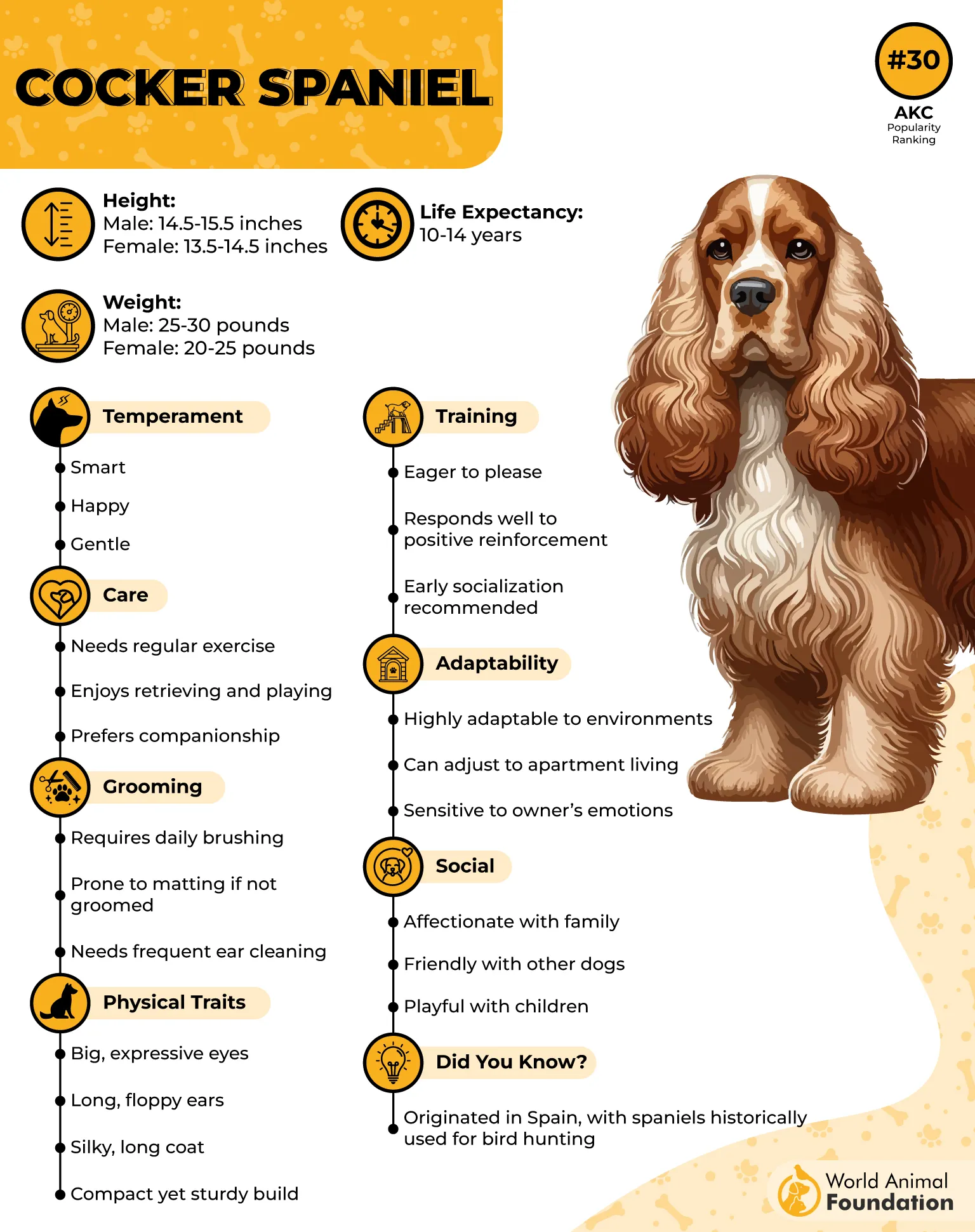
Playfulness in Everyday Spaces
Indoors or outdoors, Cocker Spaniels initiate gentle play without overstimulation. They’ll often bring toys without prompting, offering them with soft eyes and an open mouth. This kind of non-demanding playfulness speaks to their gentle nature, which defines much of their joyful personality.
Classic Companion with Upbeat Reputation
Their reputation as cheerful house dogs stretches back generations, supported by consistent behavior traits. Few other dog breeds combine such emotional sensitivity with active interest in everyday life. That balance makes their joy feel steady rather than overwhelming.
4. Pug
The Pug’s facial structure includes deep-set wrinkles and large, round eyes that show emotion instantly. Small changes in their environment often trigger visible reactions—head tilts, wide-eyed curiosity, or quick tail twitches. These real-time responses make them engaging to observe and interact with.
Joy Through Physical Closeness
Pugs tend to stay within a few feet of their humans, even during downtime or simple tasks. They’ll quietly position themselves under desks, next to kitchen stools, or between family members on the couch. Their happiness is closely tied to physical presence.
Playfulness Without Overstimulation
Their bursts of play are short and frequent—spinning in circles, pawing at blankets, or chasing low-speed toys. That makes them easy to manage in smaller spaces where high-energy behavior might overwhelm. Their ability to play without becoming frantic is a distinctive trait.
Famous Companion to Royalty
Pugs were once the official dog of the House of Orange, known for alerting royals of an attempted attack, as per the Pug Village. That alertness still surfaces today, but it’s filtered through a gentle nature—they respond with sound and movement, never aggression.
5. Border Collie
Border Collies show visible excitement when given tasks, whether it’s locating an object by name or navigating complex movement patterns. Their daily routines benefit from mental engagement, not just physical play. Joy, for them, is tied to solving problems with clarity.
Joy in Micro-Tasks and Challenges
They’ve been trained to recognize over 1,000 words, and research on dogs like Chaser proved that these cues are retained long-term, as highlighted by the New York Times. Puzzle toys or hide-and-seek games keep their tail wagging longer than idle affection. That mental pace is where they come alive.
Emotional Focus During Interaction
This breed forms strong working bonds, often making direct eye contact for cues before moving. They thrive on precise feedback and continuous interaction from handlers. It’s not praise alone—it’s the rhythm of focused attention that drives their joyful engagement.
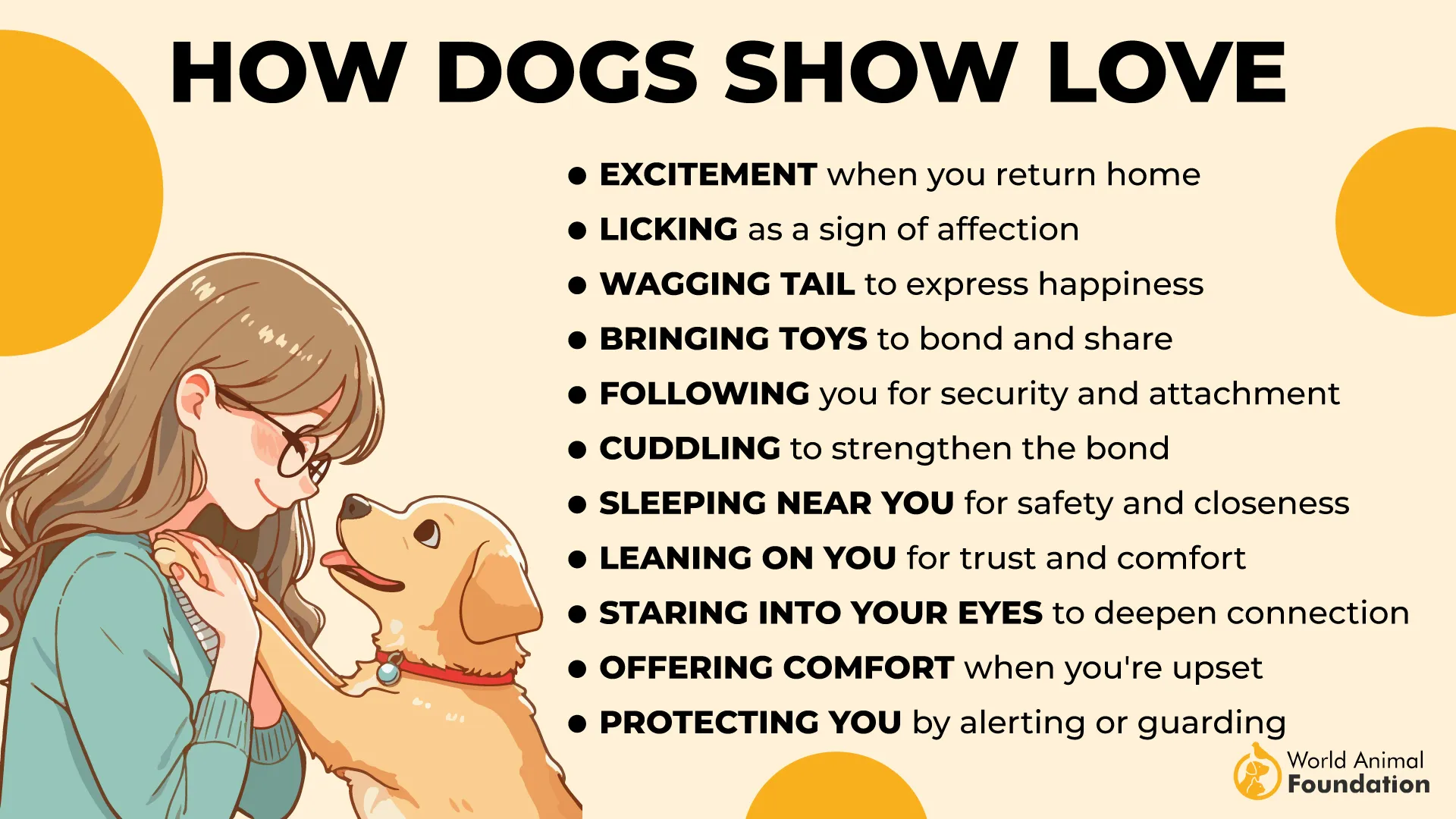
Harmony With Varied Living Companions
Border Collies learn to read the behavior of other pets and even livestock due to their sharp pattern recognition. Their sensitivity lets them adjust their movement to accommodate other animals without creating chaos. This awareness ties back to their origins as a top herding dog.
6. Shih Tzu
Shih Tzus carry a light, bouncy gait that often mirrors their cheerful outlook. Even during simple indoor movement, there’s a sense of purpose and softness in how they carry themselves. Their tail, curled high, often wags with small bursts of excitement.
Quiet Companionship That Warms a Room
These dogs were originally bred for palace life, so they’re naturally tuned into domestic rhythm. They stay nearby, often resting beside their person with a calm alertness that feels grounding. Their presence feels intentional without being demanding.
Playful Without Being Pushy
Shih Tzus tend to bring toys and drop them gently near their owners, waiting quietly rather than barking or pacing. Their idea of fun often includes light fetching, playful circling, or chasing after moving feet indoors. It’s low-stress, joyful behavior that fits close living spaces.
Expressive Reactions to Human Attention
Their facial expressions shift quickly in response to the tone of voice, especially during petting or conversation. They lean in, raise their brows, or tilt their heads—clear signs of engagement. These moments are where they truly bring joy to everyday interaction.
7. Labrador Retriever
Labradors are known to recognize routines tied to meals, walks, or visitors, often waiting near doors minutes before any actual event. That anticipation isn’t anxious—it’s driven by enthusiasm. It reflects a deep association between people and good things.
Strong Engagement With Hands-On Play
They often favor interactive games like tug or fetch, where human involvement is clear. Their retrieval instinct is not just an energy outlet—it’s a preferred form of bonding. Labs often bring back toys repeatedly, not out of habit, but for shared attention.
Joy Expressed Through Tail Language
Veterinary behaviorists note that Labradors show one of the widest tail wagging arcs across breeds, often paired with whole-body movement. Their joy is visible, measurable, and responsive.
Most Common Therapy Dog Globally
Data from international therapy dog programs shows Labradors leading in registration numbers for emotional support work. Their emotional predictability and gentle nature consistently match therapy certification criteria. That temperament translates into a naturally joyful presence around humans.
Conclusion
Joyful dogs do more than brighten your home—they change the rhythm of your day. Whether it’s their tail wags, goofy antics, or quiet loyalty, these breeds bring something special into everyday life.
Some do it through boundless energy, others with a calm, incredibly affectionate nature. From little dogs to larger companions, they each have a natural ability to connect and uplift.
These are the happiest dog breeds not because they try, but because it’s simply who they are. If you value laughter, love, and constant smiles, these pups are more than pets—they’re joy in motion.


